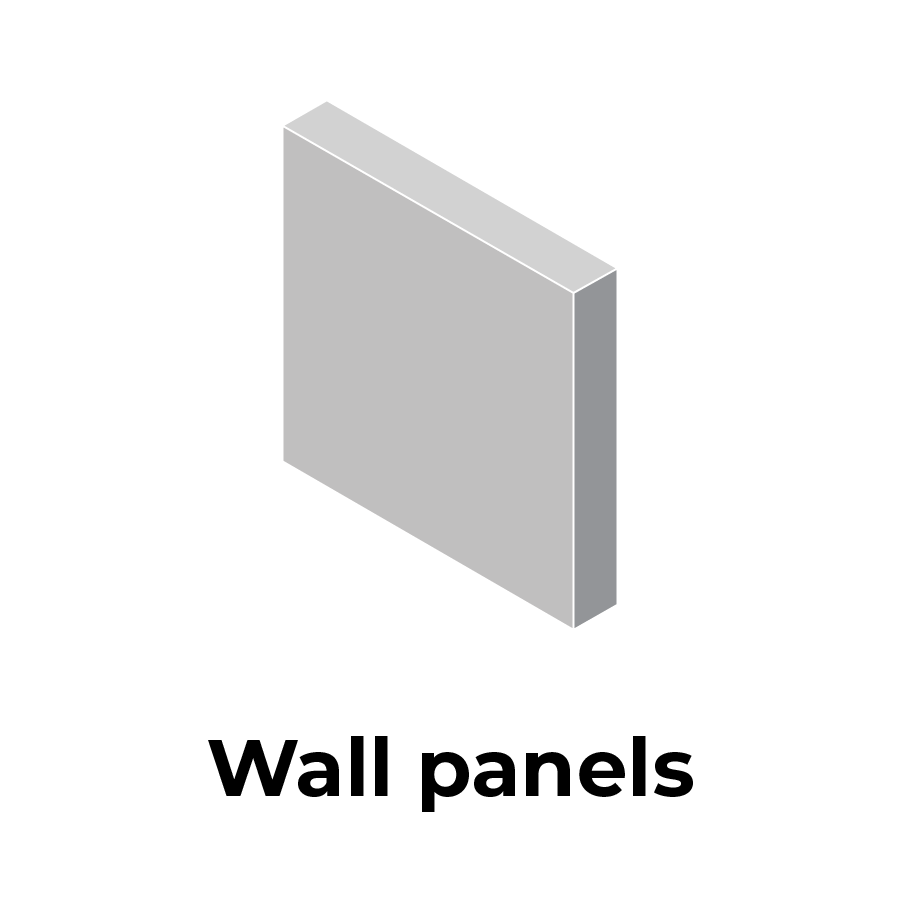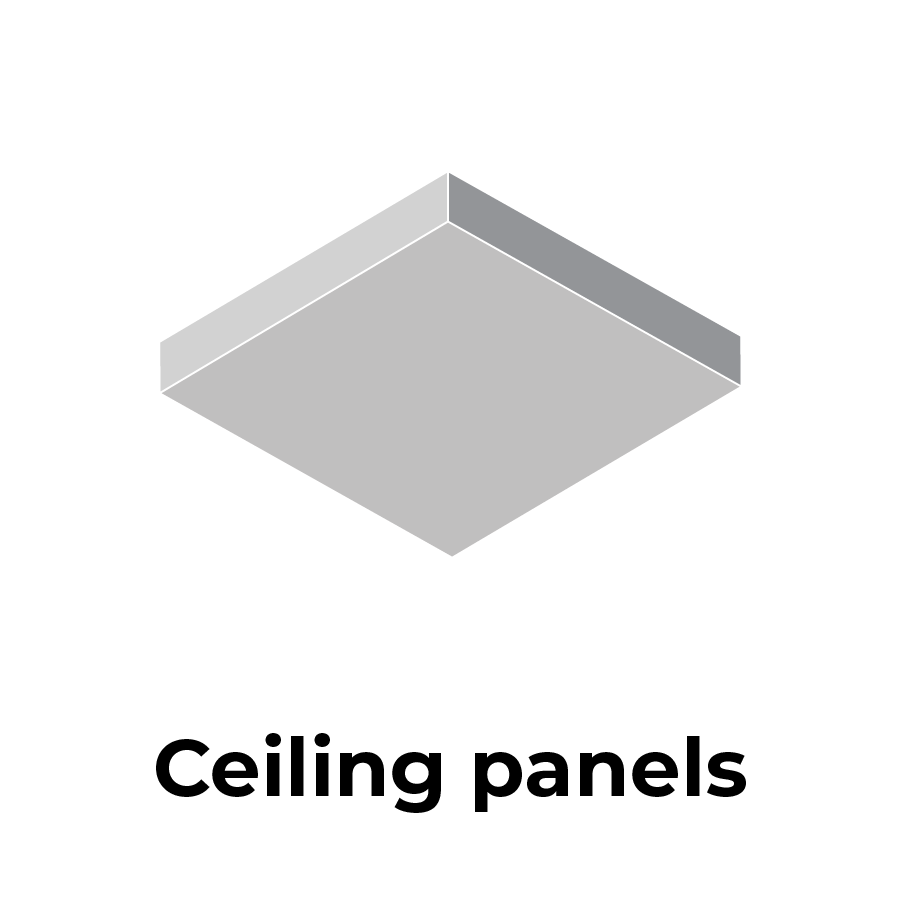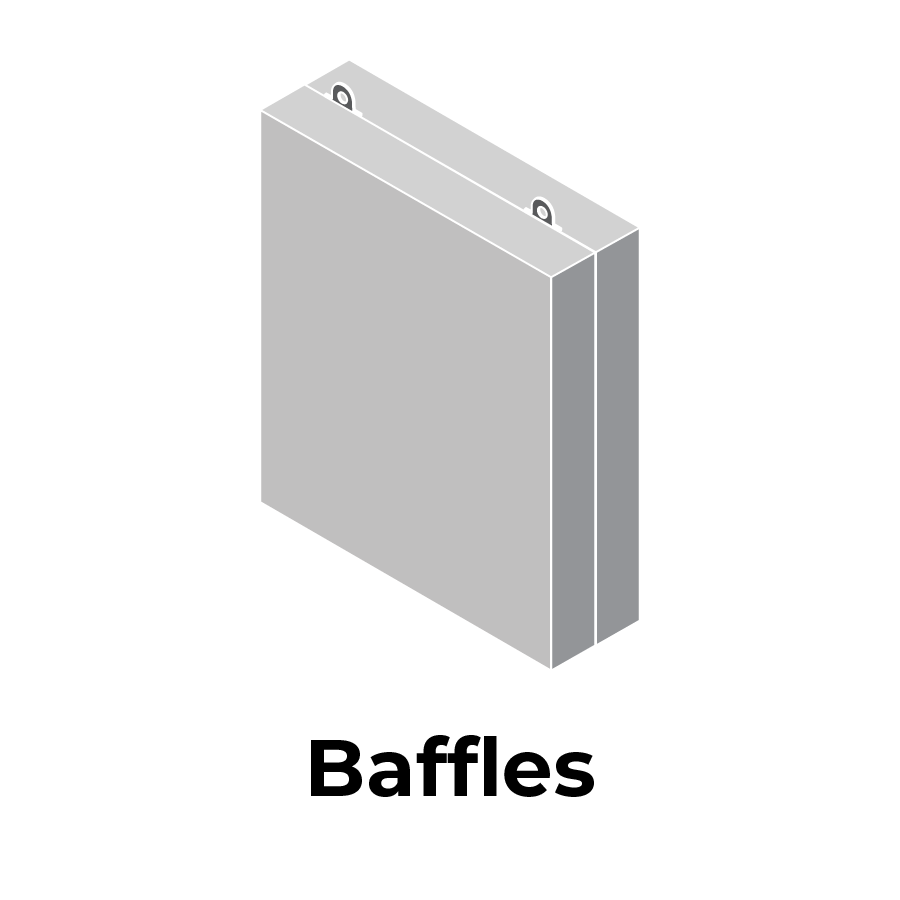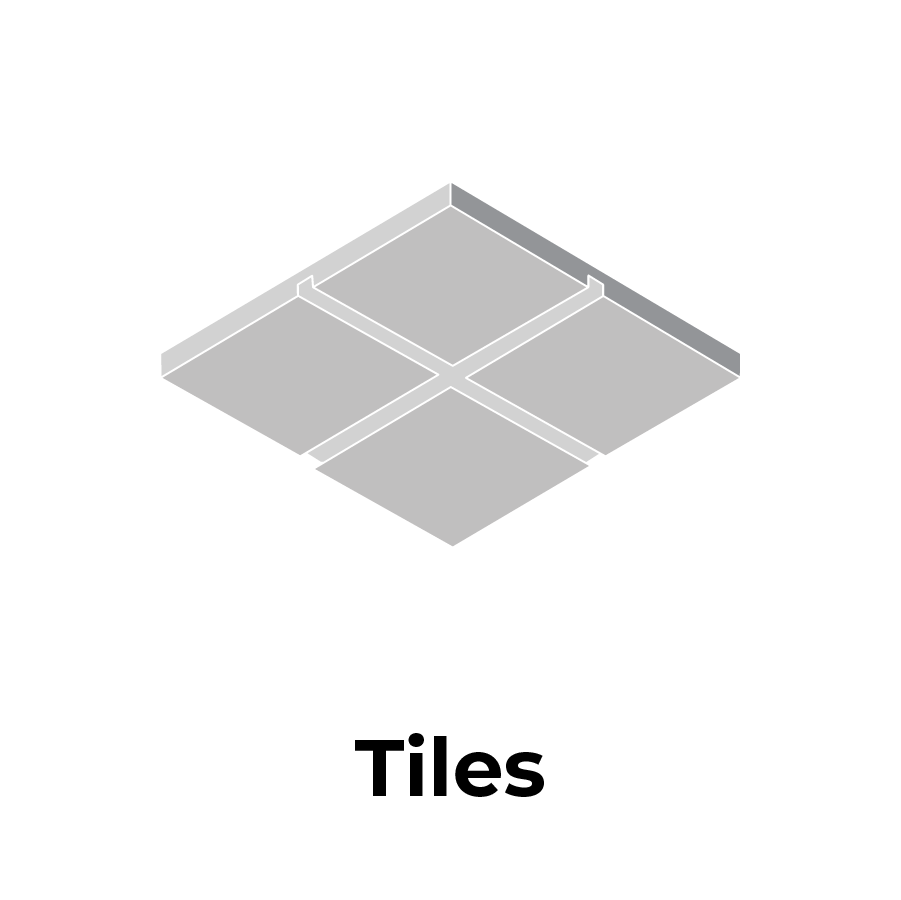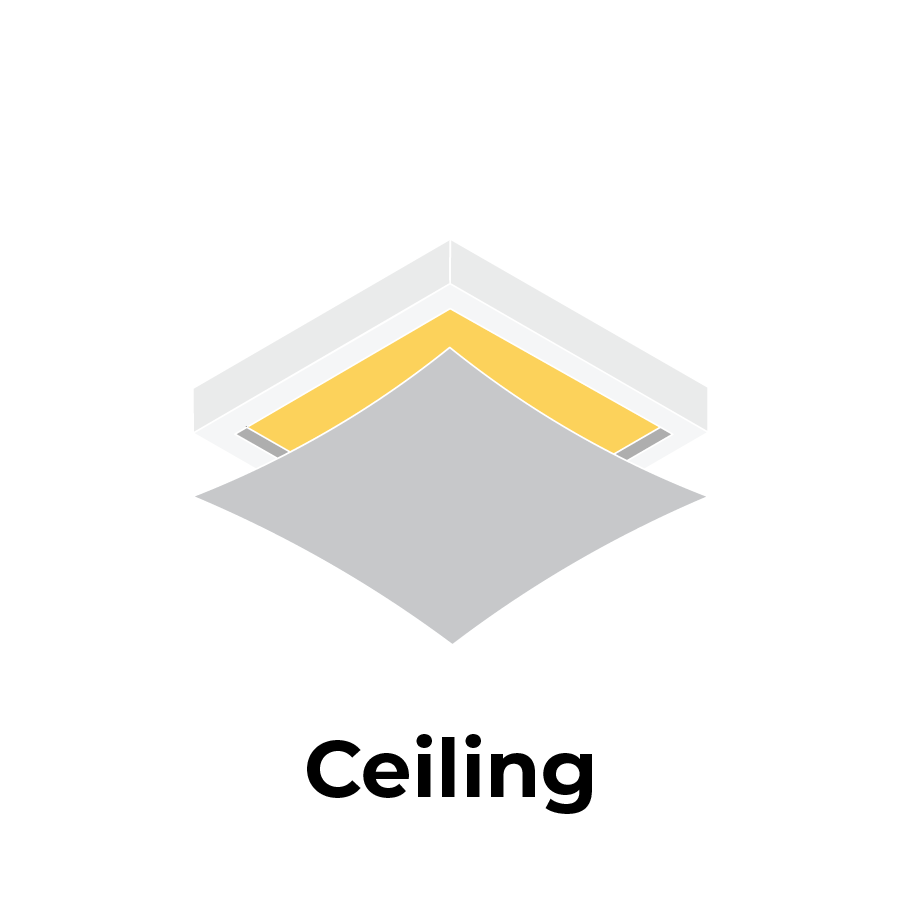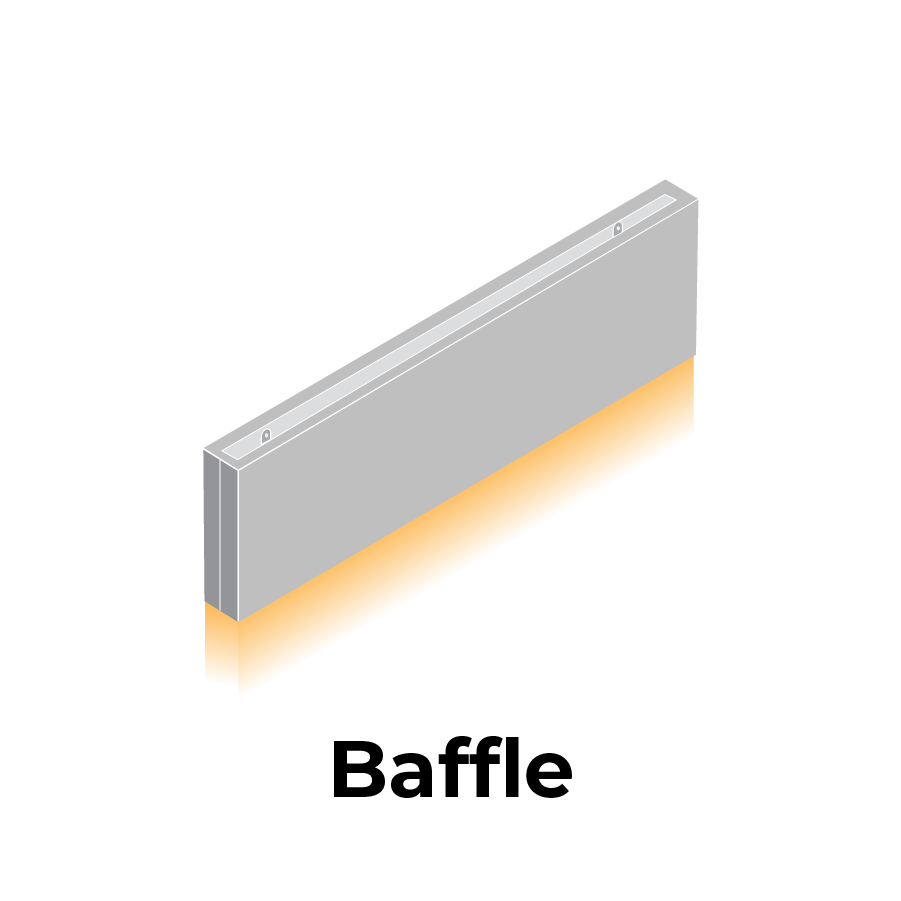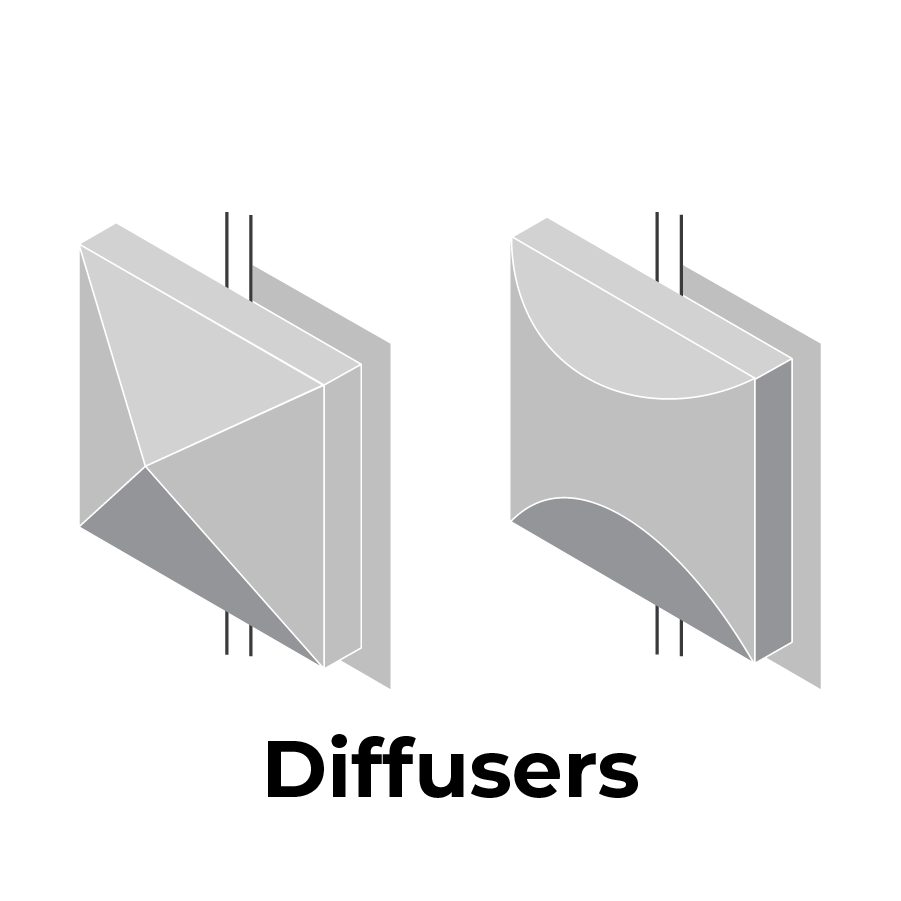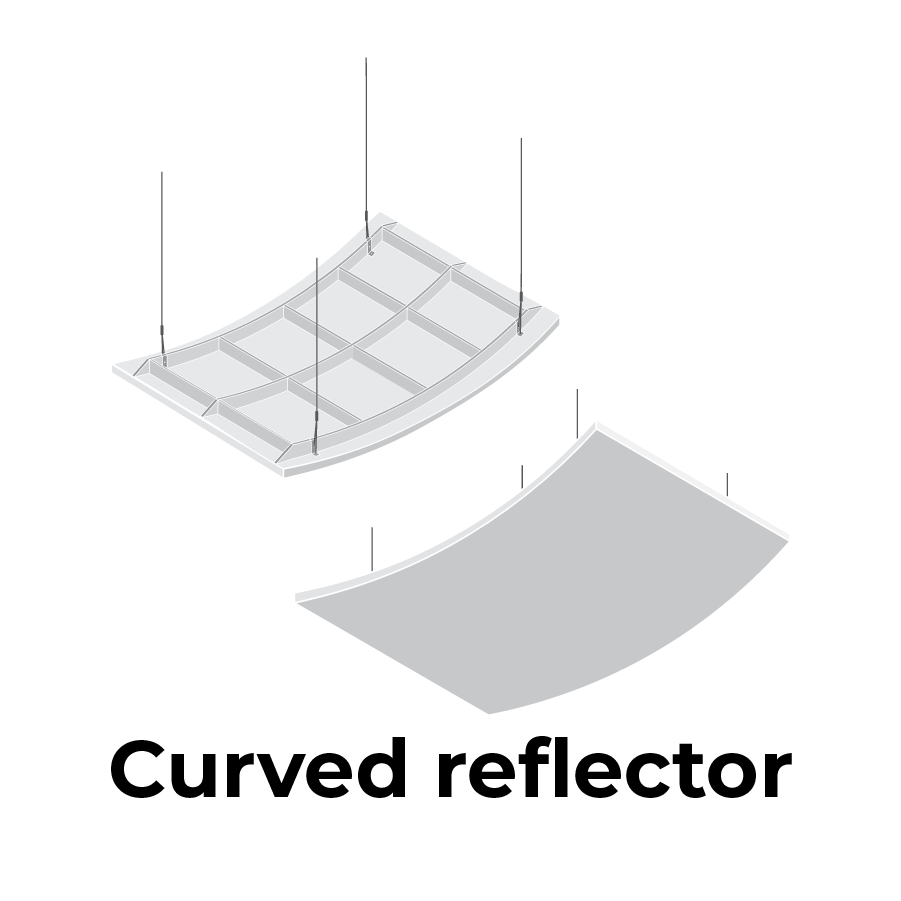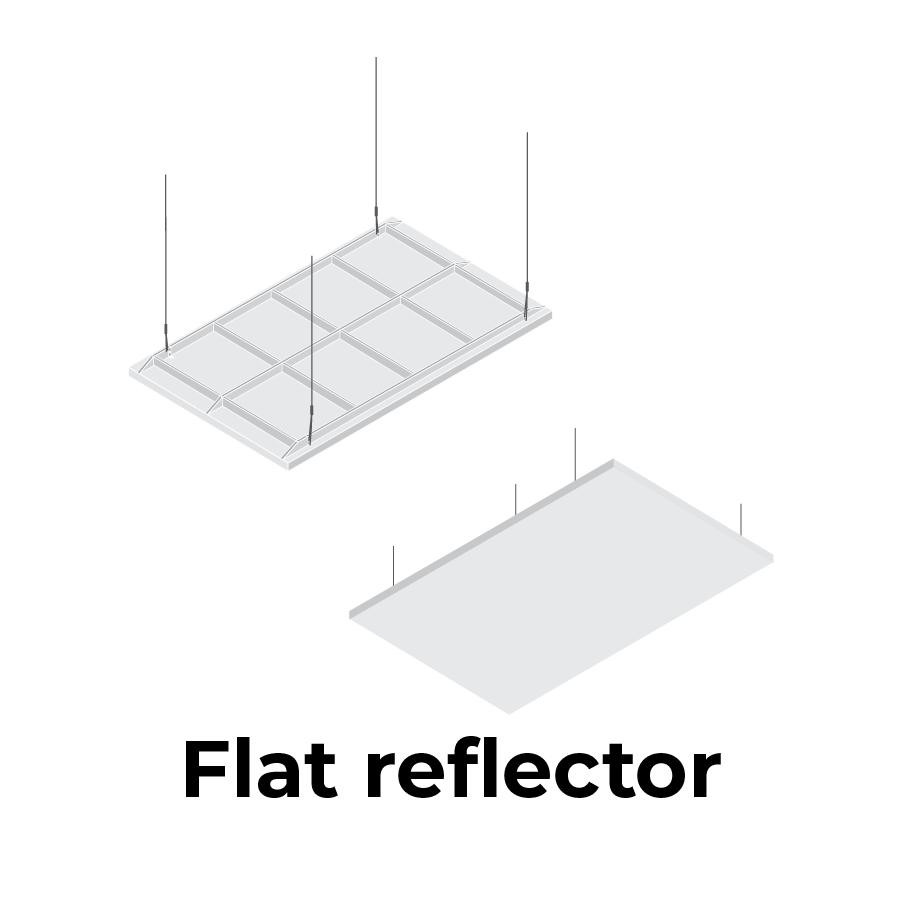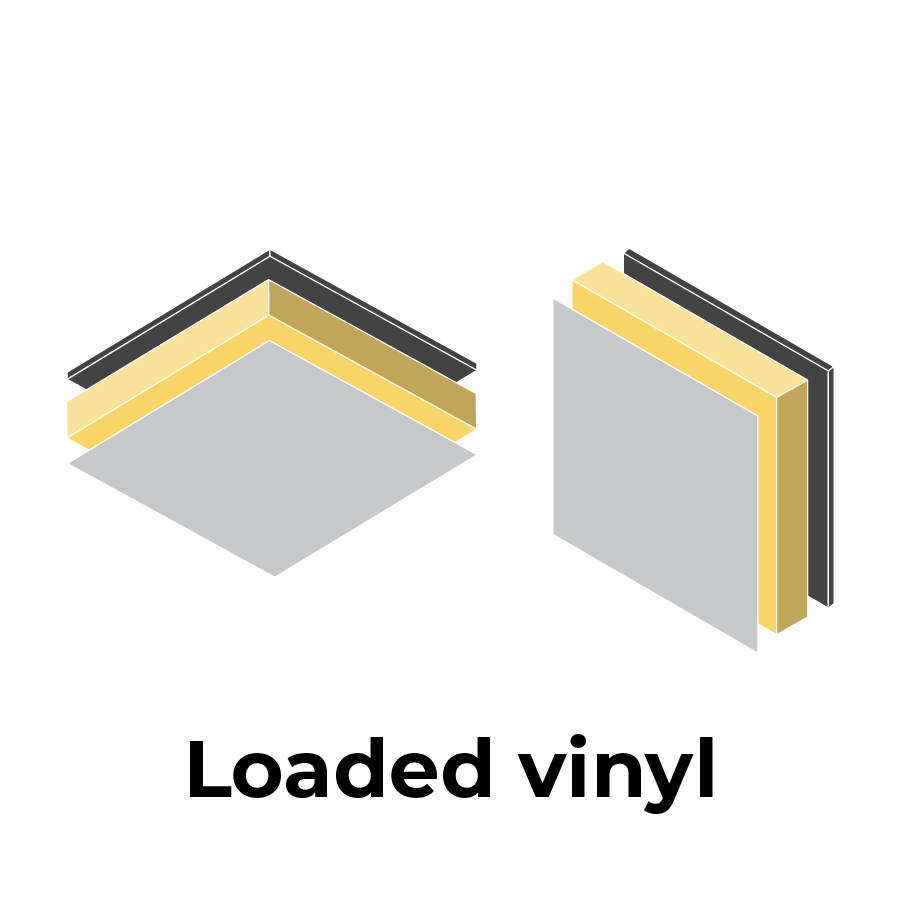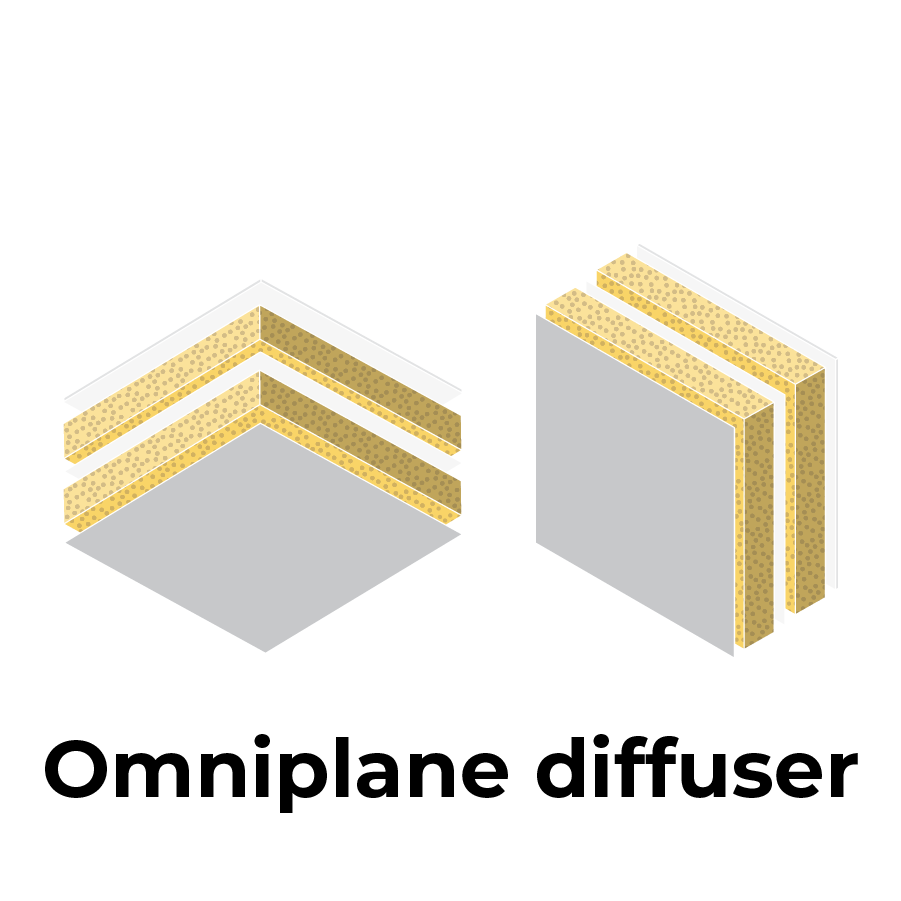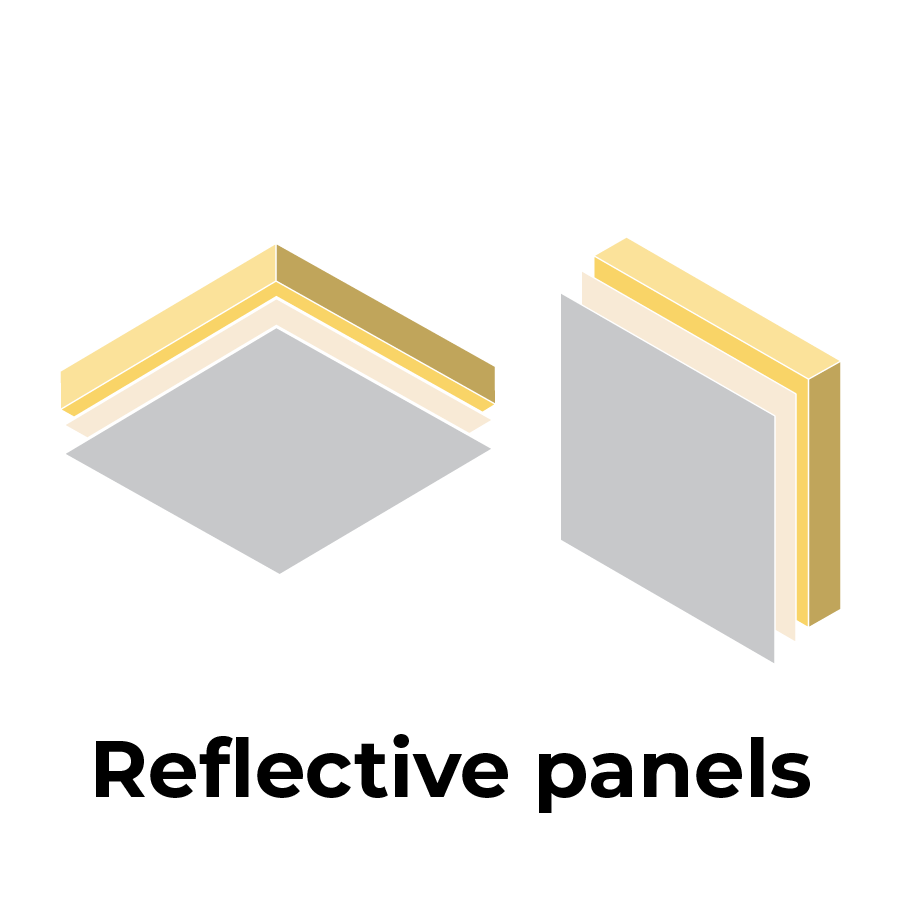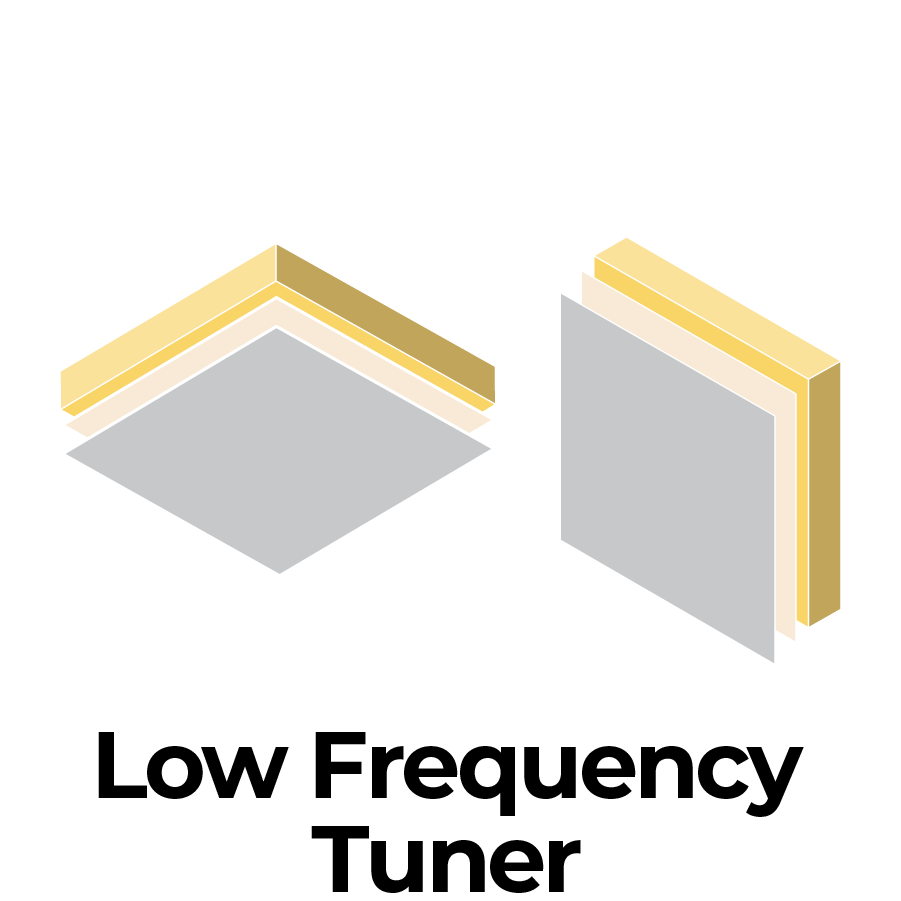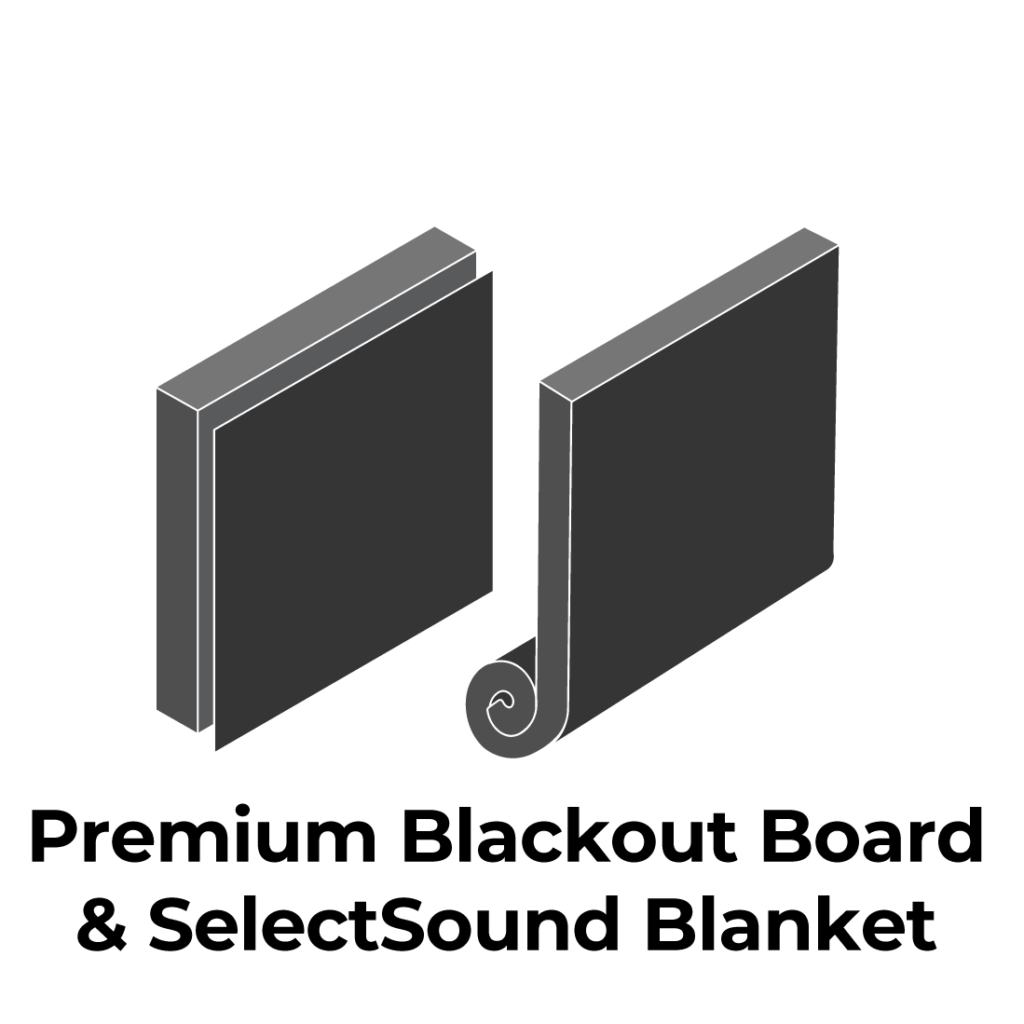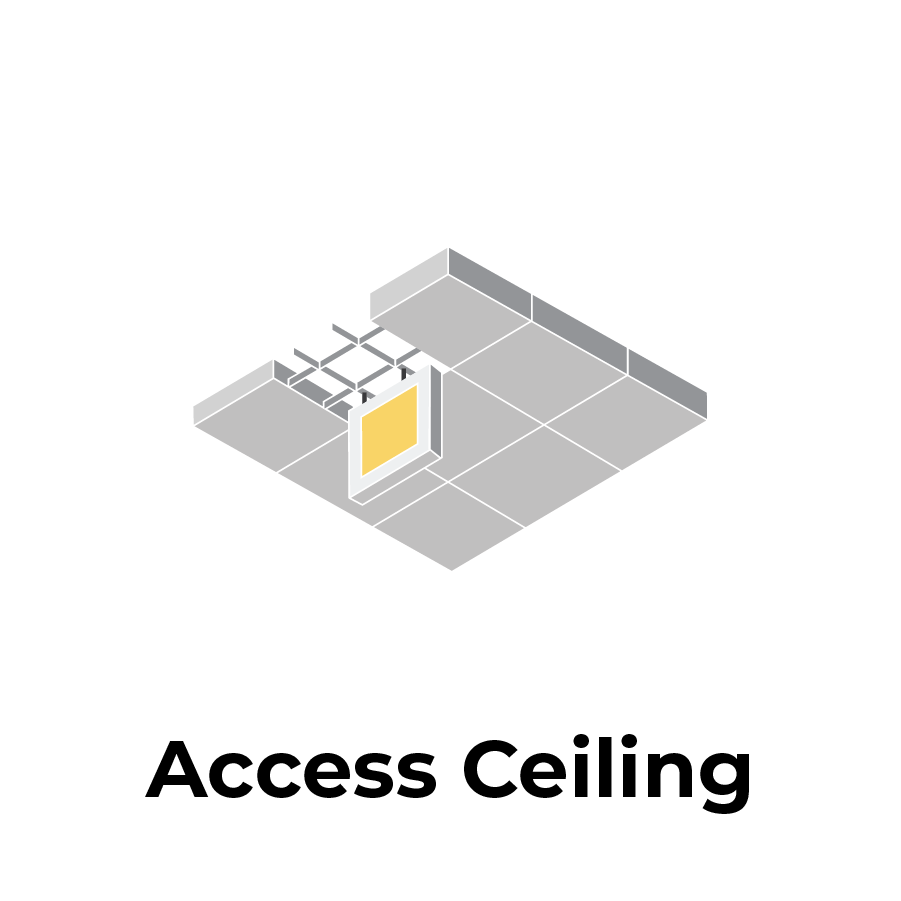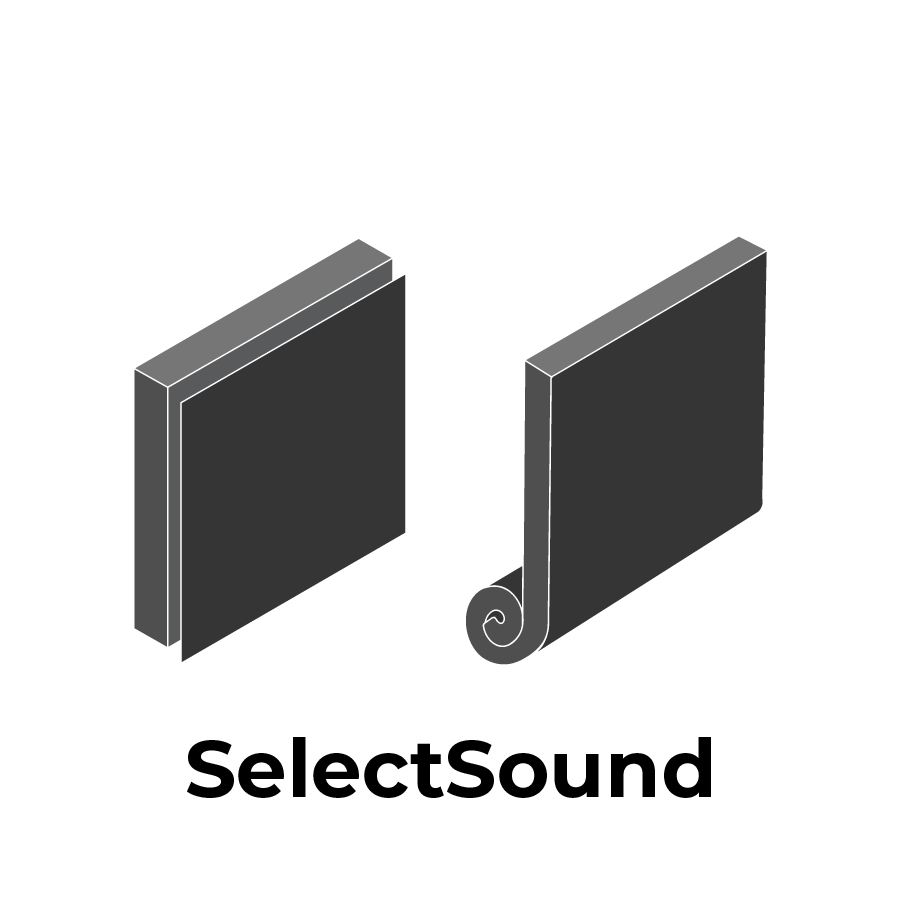Modern architecture is sleek, bright, and often spacious. Functional spaces with carpeting and drop ceilings have gone by the wayside in favor of hardwood floors and exposed ceilings. Massive windows spill light into gathering spaces, and walls stretch higher than houses. Too bad you can’t hear a thing in those places.
Hanson, a digital marketing company in Ohio, recently renovated three floors of the famous Tower on the Maumee and created a stunning office space to serve as its new headquarters. It looks and sounds just like what’s described in the previous paragraph. Beautiful but debilitating.
The Hanson Office
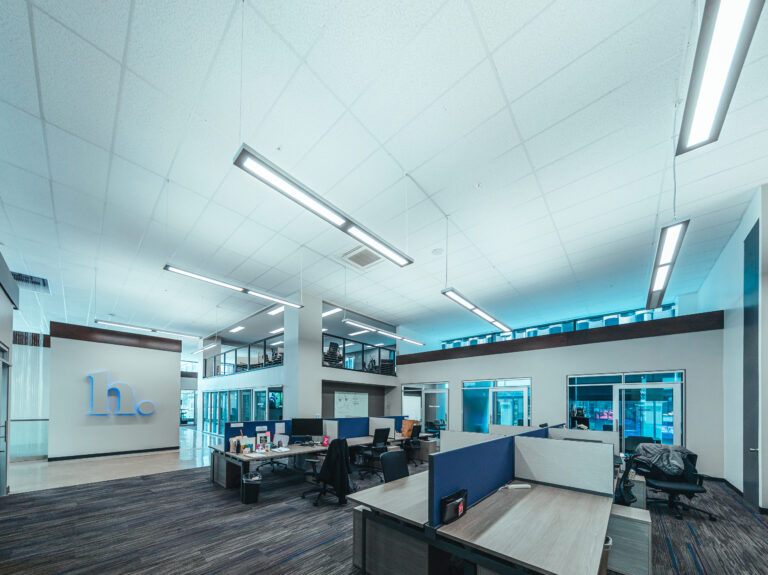
Upon realizing their designs rendered their spaces unusable, Hanson reached out to us at Conwed to see what we can do to help. And being the friendly nerdy neighbors that we are, we dispatched two Conwed Engineers to investigate.
We finally get to this space, it’s finished and beautiful, but it doesn’t work. The point of all of our spaces are to collaborate with clients and other employees. The spaces won't work because the sound is annoying. And it’s very embarrassing. We reached out to Conwed to say come in and help us and let’s collaborate together and figure this thing out.
-Susan Hague-Rogers, Project Manager
They took audio measurements to make RT60 graphs for their three primary conference rooms. The results were a bit scary.
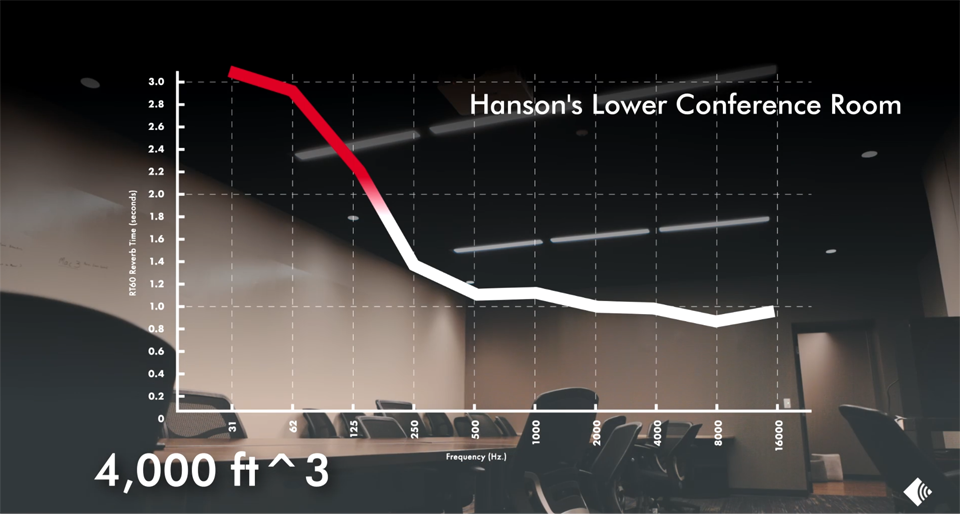
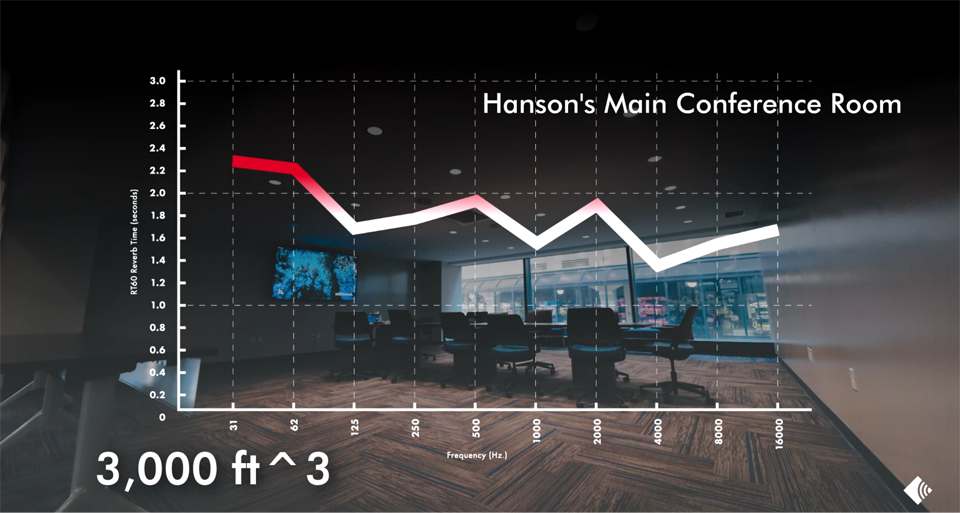
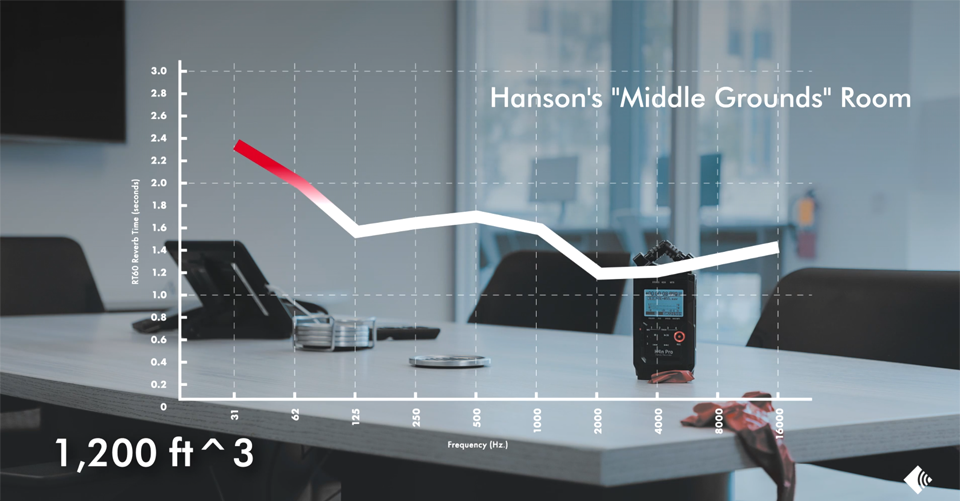
Okay so, what’s an RT60 graph and how do you read it?
Well, RT60’s are visual representations of reverberation within a space.
It spreads audible frequencies along the bottom from low to high, and points out how long it takes for a given frequency to fade away. As you can guess, the longer it takes a frequency to fade, the worse the reverb is.
In the Hanson’s Middle Grounds room, frequencies are generally fading around 1.5 to 2.0 seconds. You might think that’s not so bad. Shoot, the graph isn’t even that red.
Take a look at the size of the room though, that’s a fairly small conference room. Any acoustician could tell you that a room of that size should be averaging at or below 0.5 seconds.

Looking at the lower conference room again, you can see a massive spike
In the lower frequencies. Even though this space is nearly 4x the size of Middle Grounds, you still shouldn’t expect a graph like this.
RT60’s should only be hitting >3.0 seconds if it’s some kind of small auditorium. Yet, the purpose of this room is meant to facilitate important conversations. The size of this room, combined with the same smooth walls and ceilings of design, took a bad problem and made it much worse.
So what’s an architect to do? How can you ever have those stunning spaces and still manage to have a conversation, or just focus on work?
Well, by utilizing Eurospan by Conwed, architects can have their cake and eat it too.
Transylvania University
After the data we collected in the Hanson building, we visited a finished job that Conwed was involved in for comparison. A private school in Lexington, Kentucky, Transylvania University.
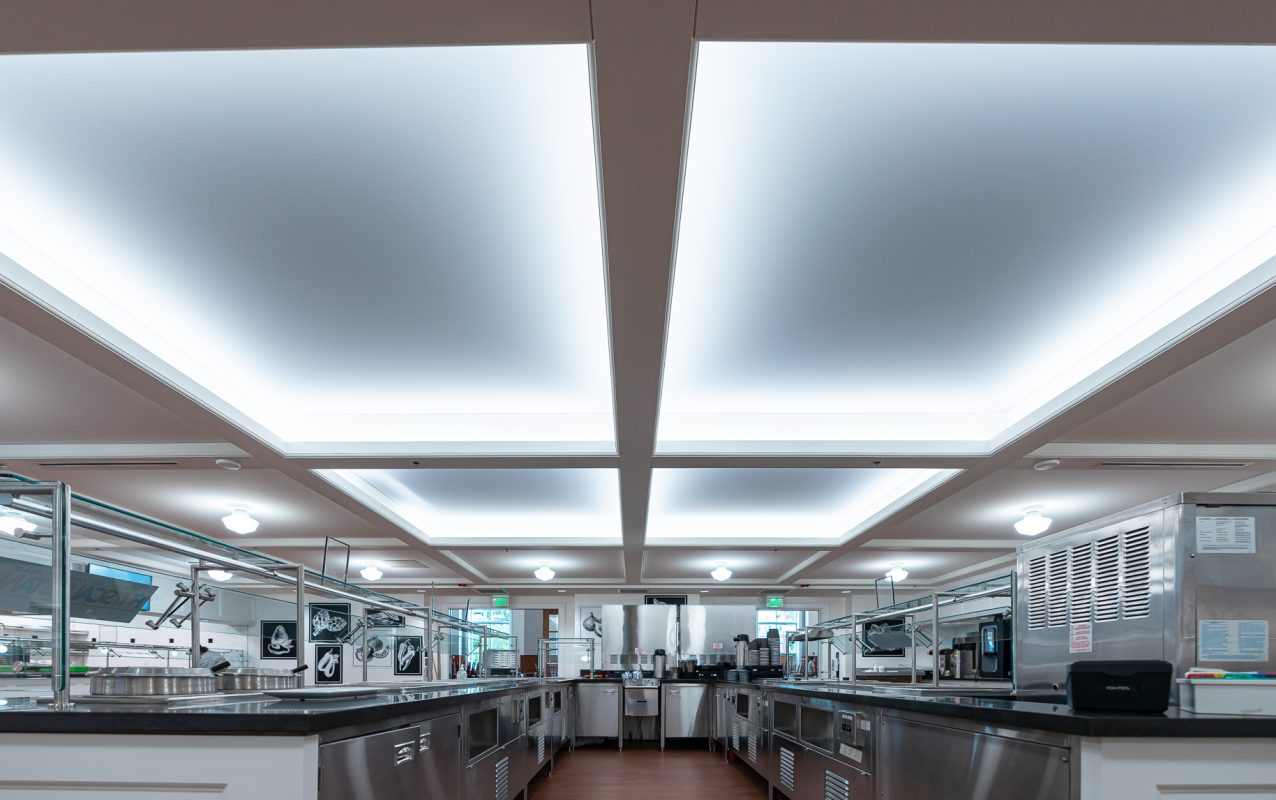
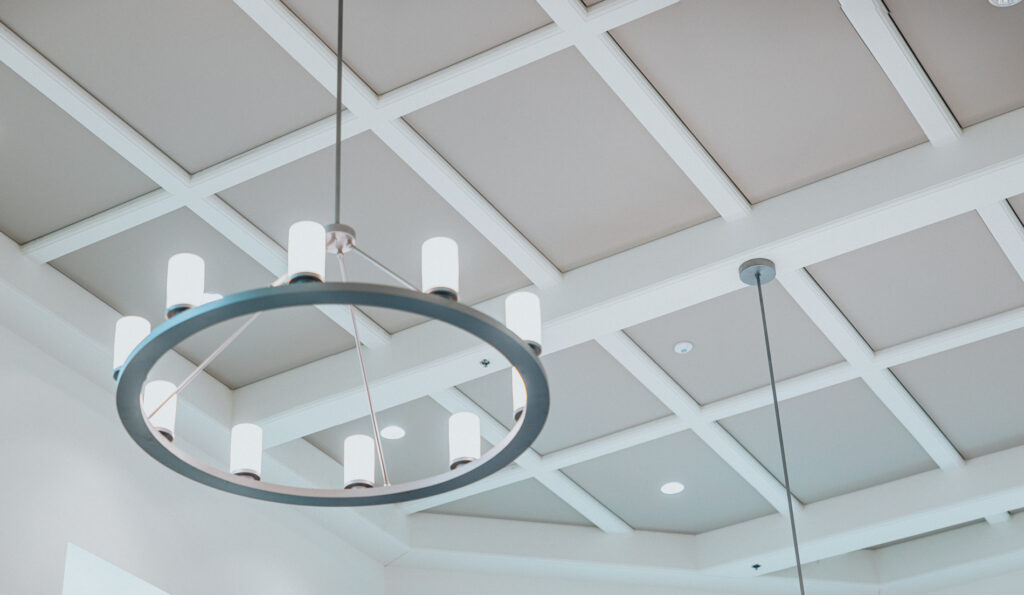
You can’t bring light and you can’t bring truth and understanding without sound.
-Holly Sheilley, Vice President Athletics, Transylvania University
The school’s massive open-concept Student Center needed the right architects to get the job done. Transylvania University chose SLAM, due to their experience with massive, beautiful, and quiet spaces.
SLAM was fully aware of sound and noise’s impact. This is why they pitched Eurospan® to the school. They’ve used it in the past and know how big of a difference it can make in minimizing noise while also blending into the architecture already in place.
Transy was all for the idea. Like Hanson’s, their two goals for this project were to make it pretty and functional, which Eurospan® does. Let’s take a look at an RT60 graph in a space that is 100x larger than the Hanson’s space.
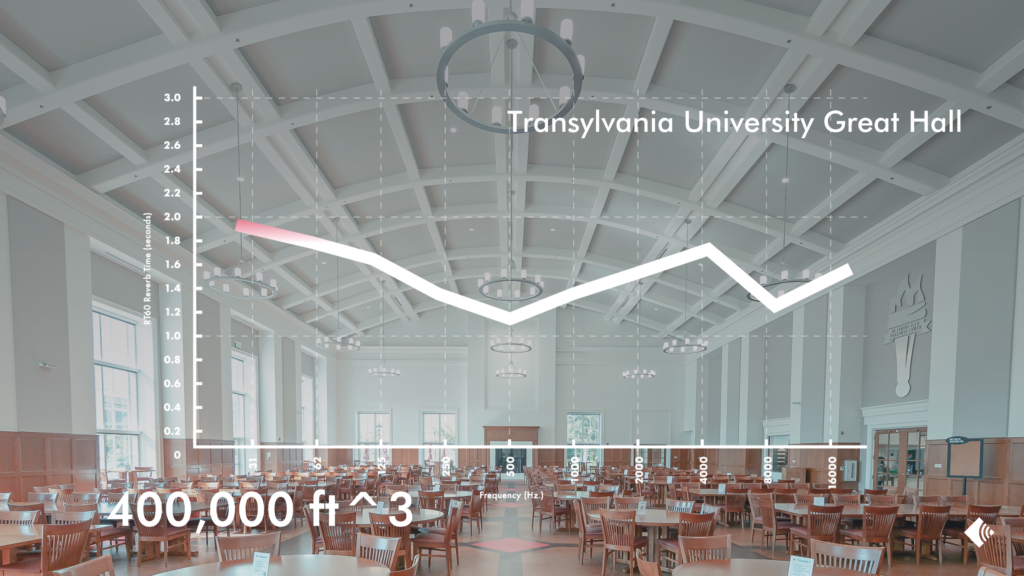
For Transylvania’s Great Hall at this size you’d expect something like 6 or 8 seconds here for reverb.
However, Eurospan brought Transylvania’s Great Hall down into the intelligible range you’d expect in a conference room. By taking a look at the graph above you can see the average reverb time was under 2 seconds, and the mid-ranges are closer to 1 second.
This great reverb time is attributed to Eurospan. The components in Eurospan, which is, a fiberglass acoustic core, perimeter tension track, and outer textile covering allow a space this large to have not only a clean and sleek look but extremely low reverb time.
The Conclusion
To sum it all up, acoustics matter. But you don’t have to make a choice between having either a specific look or a great sounding space. With Eurospan you’ll get both! Contact a rep today if you are interested in bringing Eurospan into your current or future projects.
Product Information
- Three basic components: a fiberglass acoustic core, perimeter tension track and outer textile covering
- Use for: commercial, educational, institutional applications
- Fabric options: five stock colors, custom options, and EOS, a washable surface.

